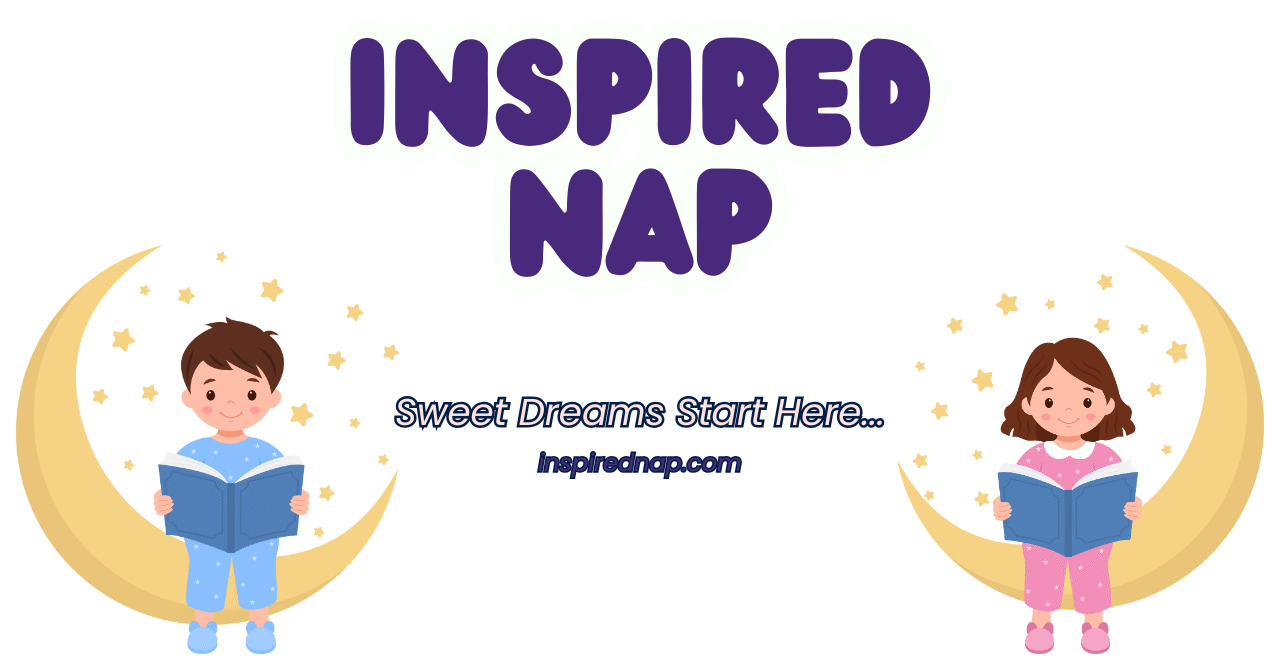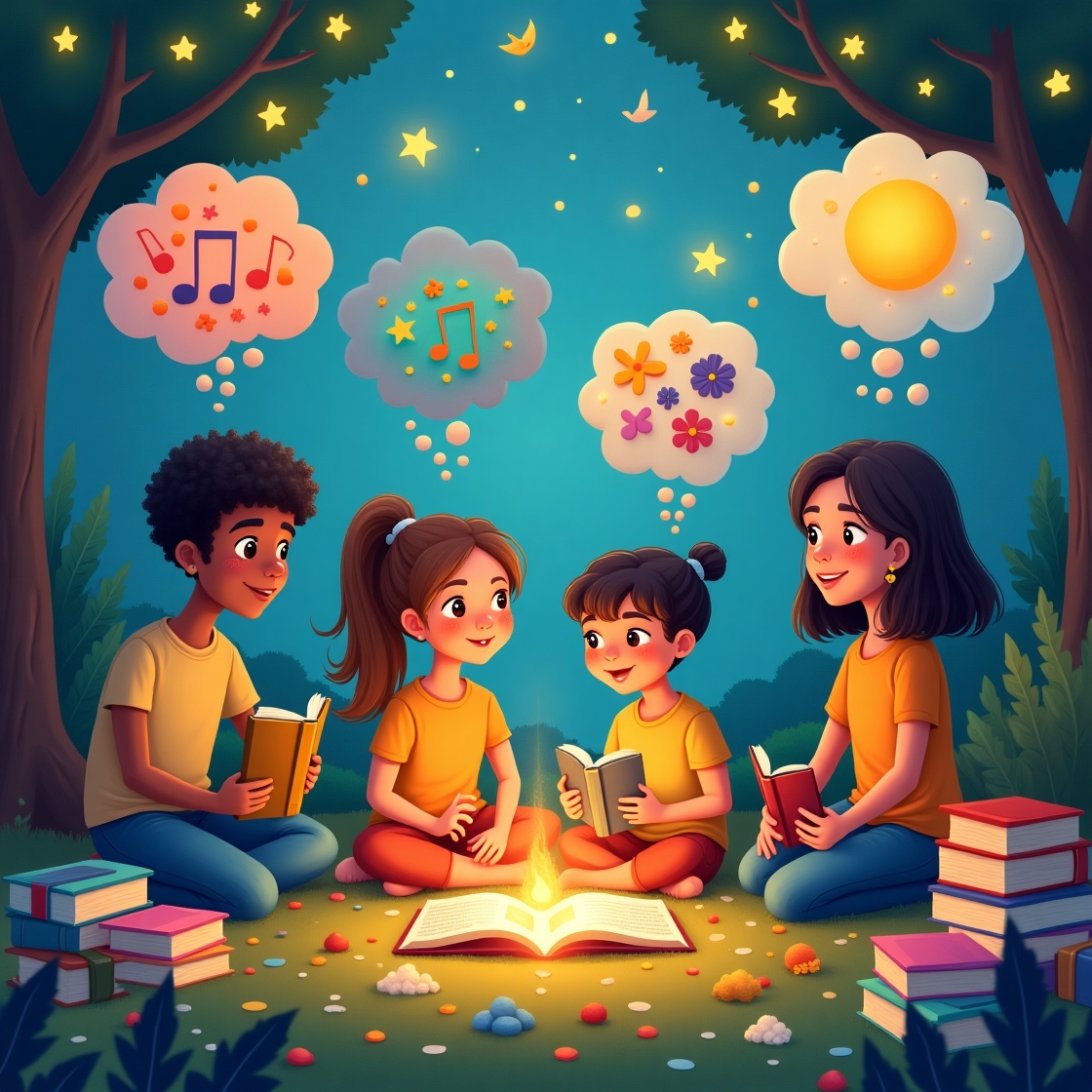In today’s world, storytelling isn’t just about entertainment it’s about understanding, empathy, and connection. Stories about different ways of thinking open doors to new perspectives and celebrate the beauty of diverse minds. Whether it’s a child who learns differently, a teen exploring creativity in unexpected ways, or an adult who sees the world through a unique lens, these stories highlight the strength that comes from individuality.
By sharing narratives that honor different learning styles, problem-solving skills, and thought processes, we help children and adults alike recognize that there’s no single “right” way to think. Instead, every mind is valuable, and every perspective adds richness to the human experience.
Why Stories About Different Ways of Thinking Matter
- Encourages Empathy and Understanding
When children read stories about characters who process the world differently, they develop compassion and an appreciation for diversity. - Breaks Stereotypes
These stories challenge the myth that success has only one path. They show that creative, logical, visual, or intuitive thinking all matter. - Builds Confidence in Unique Minds
Readers who see themselves reflected in these narratives feel validated and empowered to embrace their own way of thinking. - Promotes Inclusion
In classrooms, families, and communities, celebrating different ways of thinking helps create more supportive, inclusive spaces.
Themes in Stories About Different Ways of Thinking
- Neurodiversity in Action – Characters who thrive with ADHD, autism, dyslexia, or other conditions.
- Creative Problem-Solving – Heroes who find imaginative solutions where others see obstacles.
- Multiple Intelligences – Showcasing logical, musical, spatial, kinesthetic, and emotional intelligence.
- Cultural Perspectives – Different traditions and backgrounds shaping how people think and solve challenges.
- Everyday Brilliance – Kids or adults who see beauty, patterns, or possibilities in ordinary moments.
5 Stories About Different Ways of Thinking – Celebrating Unique Minds
1. The Girl Who Painted with Numbers
Introduction
Mira was not like the other kids in her class. While everyone else solved math problems with pencils and calculators, Mira solved them with colors.
Story
When the teacher asked, “What’s 7 + 3?” the children shouted, “10!” Mira whispered softly, “Blue and yellow make green.” The class laughed, not understanding.
But Mira saw numbers differently. To her, every number had a color 7 was blue, 3 was yellow, and together they blended into green.
One day, during a school art competition, the children were asked to create a painting about friendship. Mira stared at the blank canvas. Then she remembered her colorful numbers. She painted a picture of two hands one made of numbers, the other of colors meeting in the middle.
When the judges saw it, they were amazed. They asked Mira how she thought of it. She smiled shyly and said, “Friendship is like math and art. Different, but beautiful together.”
Message
Mira’s story reminds us that unique ways of thinking can turn problems into masterpieces.
2. The Boy Who Solved Problems Backward
Introduction
Arman always confused his teachers. While others started with the question, he always jumped straight to the answer.
Story
In science class, the teacher asked how to clean polluted water. Most children thought about filters, boiling, or machines. But Arman suddenly shouted, “The answer is drinkable water!”
Everyone laughed. “That’s not how you solve problems,” they teased. But Arman didn’t care. He always thought backward start with the end, and find the path later.
Weeks later, during a science fair, Arman used his unusual thinking to design a simple system: he imagined first a glass of clean water, then worked backward until he found a way using sand, stones, and charcoal.
His project not only worked but also impressed the judges. Arman realized his “backward thinking” wasn’t wrong it was just different.
Message
Thinking differently often means seeing the finish line before the race begins.
3. The Friend Who Heard Feelings
Introduction
Leila didn’t always understand words. But she could feel what people meant.
Story
When her best friend cried but said, “I’m fine,” Leila gently held her hand and whispered, “No, you’re not. You’re cloudy today.”
Her friends were surprised how could Leila know without being told? But Leila listened with her heart instead of her ears. She noticed the way shoulders slumped, the way voices trembled, the way eyes blinked too quickly.
One day, at recess, a new student sat alone. Everyone thought she was shy. But Leila walked over and said, “You’re scared, aren’t you?” The girl’s eyes widened, then softened. Leila had understood her without a single word.
From that day on, her friends called her “the heart-listener.”
Message
Leila showed that empathy is its own kind of intelligence one that makes the world softer and safer.
4. The Boy Who Built with Shadows
Introduction
Kian was fascinated by shadows. While most kids drew with crayons, he created worlds out of light and dark.
Story
He would place toys near the lamp and watch their shadows stretch across the walls, creating castles, dragons, and entire cities.
His teachers often scolded him for not finishing written work. But one day, during a school blackout, the children grew restless. Kian saw the chance to share his gift.
He made shadow animals dance across the classroom walls. A rabbit, a bird, a lion—all appeared in the glow of a candle. The frightened children began to laugh and clap.
That night, Kian’s teacher realized his mind worked differently. He wasn’t avoiding work he was creating a whole new kind of storytelling.
Message
Creativity doesn’t always look like words on paper. Sometimes, it’s shadows dancing on the wall.
Keywords: creative storytelling, unique thinking styles, different ways of learning
5. The Dreamer Who Spoke in Questions
Introduction
While most children answered questions, Sana always asked more of them.
Story
“Why is the sky blue?” her teacher asked.
Sana replied, “But why isn’t it purple?”
Her friends often grew annoyed. “Stop asking questions!” they said. But Sana couldn’t stop her mind was full of wonder.
One evening, she asked her grandmother, “Why do stars twinkle?” Instead of laughing, her grandmother smiled and said, “Because they want you to keep asking.”
Inspired, Sana grew up to be a scientist who never stopped questioning. Her curiosity led to discoveries no one else thought to explore.
Message
Sana’s story teaches us that questions aren’t interruptions they’re the seeds of knowledge.
5 More Long Stories About Different Ways of Thinking
1. The Boy Who Saw Shapes in the Wind
A Different Way of Seeing
Arif loved to sit by the window and watch the wind dance through the trees. While other children only felt the breeze, Arif saw shapes. To him, the wind curled like circles, zig-zags, and spirals.
The Challenge in School
In art class, when the teacher asked everyone to paint flowers, Arif painted spirals of blue and swirls of green. His classmates laughed “Flowers don’t look like that!” they teased. Arif felt embarrassed but kept painting what he saw.
The Moment of Discovery
One afternoon, during a kite festival, the string of a huge kite broke loose. The adults panicked as it soared dangerously toward the crowd. Arif looked up, his eyes following the spiral path of the wind. He ran quickly and caught the kite string before it tangled with others.
When asked how he knew where it would fall, Arif simply said, “I saw its shape in the wind.”
The Lesson
Arif’s story reminds us that some people notice patterns invisible to others. His unique vision turned what seemed strange into something extraordinary.
2. The Girl Who Counted With Stories
Numbers Felt Heavy
Amira struggled in math. Numbers looked confusing, heavy, and cold. She always got the answers wrong and felt left behind.
A Creative Idea
One day, while helping her younger brother, she decided to explain math using stories. “If three cats are playing and two more join, now five cats are having fun together!” Suddenly, her brother understood and so did she.
A Classroom Surprise
During a test, instead of writing only numbers, Amira drew little stories in the margins: apples joining baskets, stars joining constellations, friends joining hands. Her teacher was surprised but noticed Amira’s answers were correct.
The Celebration of a Unique Mind
Instead of punishing her for drawing, the teacher encouraged Amira to keep storytelling in math. Soon, Amira helped her whole class learn tricky problems by weaving them into adventures.
The Lesson
Amira proved that sometimes learning isn’t about memorization it’s about connection. By turning numbers into stories, she celebrated her own way of thinking.
Keywords: creative learning, math stories, different thinking styles
3. The Boy Who Found Music in Silence
A Quiet World
Zayan was quiet. He didn’t talk much in class, and his friends thought he was shy. But Zayan wasn’t just listening to silence he was hearing music inside it.
An Unusual Hobby
At night, when everyone slept, he would tap on tables, shake jars with rice, and listen to raindrops on the roof. To him, these weren’t random sounds they were hidden songs.
The Big Moment
During the annual talent show, Zayan signed up without telling anyone. When his turn came, he stood on stage with nothing but a glass of water and a spoon. Everyone laughed until he began.
With careful taps and rhythms, Zayan created a melody so beautiful that the hall fell silent. His music was born from what others thought was “nothing.”
The Lesson
Zayan’s story shows us that silence isn’t empty it holds music waiting for someone to listen differently.
4. The Girl Who Spoke Through Pictures
Struggling With Words
Hira found it difficult to express her feelings in words. When she was sad, she stayed quiet. When she was happy, she simply smiled. Her teachers thought she wasn’t trying, but Hira’s mind was filled with pictures.
A New Way to Speak
One day, her class had to share about their weekend. While others spoke, Hira pulled out a sketch she had made a big tree, children laughing under it, and ice cream cones in their hands. The teacher realized Hira was telling her weekend story through art.
Recognition
Instead of forcing Hira to speak, her teacher encouraged her to draw. Soon, Hira became the class “illustrator,” turning group projects into colorful posters that explained what words could not.
The Lesson
Not everyone speaks the same way. Some speak with words, others with colors and lines. Hira’s story teaches us that art is also a powerful language.
5. The Dreamer Who Solved Riddles in Sleep
The Curious Habit
Ali was a daydreamer. He often drifted away in class, staring at the sky, his mind full of wandering thoughts. Teachers thought he wasn’t paying attention.
A Strange Gift
But Ali had a secret when he dreamed, he found answers. If he went to bed thinking about a problem, he would wake up with a solution.
The Big Test
During a puzzle competition, Ali couldn’t figure out the answer to the final question. He closed his eyes for a few minutes and imagined himself dreaming. Suddenly, the solution popped into his mind. His team won, leaving everyone astonished.
The Lesson
Ali’s story reminds us that rest, dreams, and imagination are not a waste of time they are different ways of solving problems.
Final Thoughts
Celebrating different ways of thinking through storytelling is more than a literary choice it’s a step toward a kinder, more inclusive world. By reading and writing stories about unique minds, we inspire children to embrace their own gifts, respect others’ perspectives, and imagine endless possibilities.
Every mind is a story worth telling.
Want more? Explore:
About the Writer
Namra Asim is a children’s storyteller and content creator passionate about weaving tales that inspire kindness, resilience, and imagination. She writes engaging bedtime stories that promote mindfulness, self-love, and inclusion, helping parents and educators spark meaningful conversations with kids. When she’s not writing, She explores creative ways to bring stories to life through articles, books, and storytelling resources.

